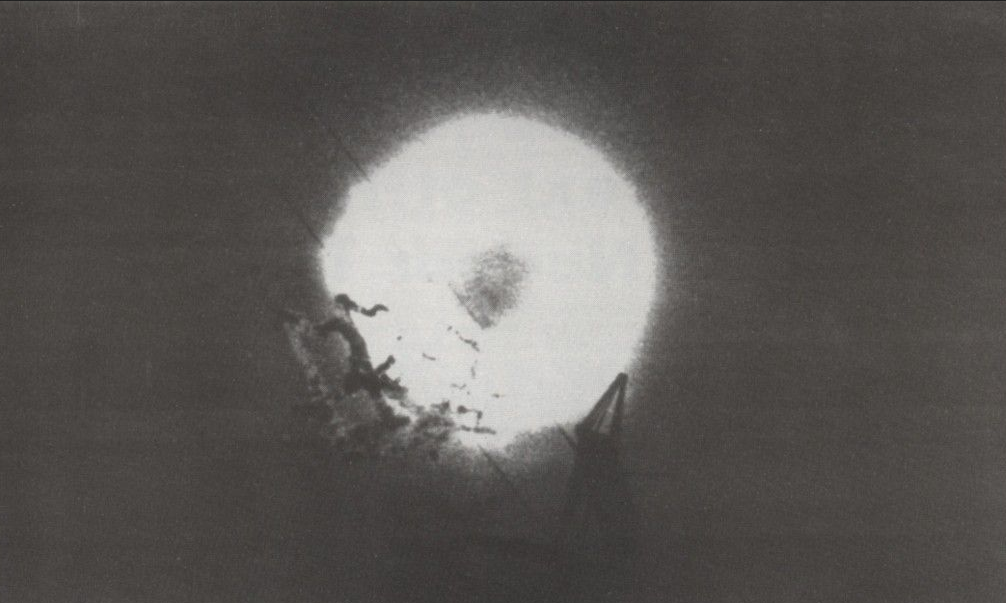
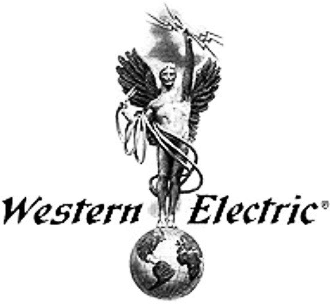
At an altitude of 69,000 feet (21,031 meters), 2 miles (3.2 kilometers) south-southwest of the island, the warhead detonated with an explosive yield of 12 kilotons.
This nuclear weapon effects test, Dominic Tightrope, was the final test of the Operation Dominic I test series, and was the last atmospheric nuclear test conducted by the United States.
The Nike Hercules was a long-range, high-altitude surface-to-air guided missile, designed and produced by Western Electric Company and the Douglas Aircraft Company. Douglas manufactured the missile at Charlotte, North Carolina. It was a two-stage missile with a cluster of four Hercules Powder Company M5E1 solid-fuel rocket engines as the boost stage.
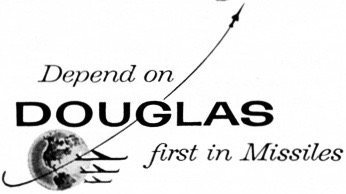
The booster stage was 14 feet, 2.845 inches (4.339 meters) long and had a maximum diameter of 3 feet, 7.25 inches (1.099 meters). There were four stabilizing fins spaced at 90°. The fin span was 11 feet, 5.88 inches (3.502 meters). The leading edges were swept aft 24.23°. The booster stage produced 173,600 pounds of thrust (772.211 kilonewtons) and burned for 3.4 seconds.
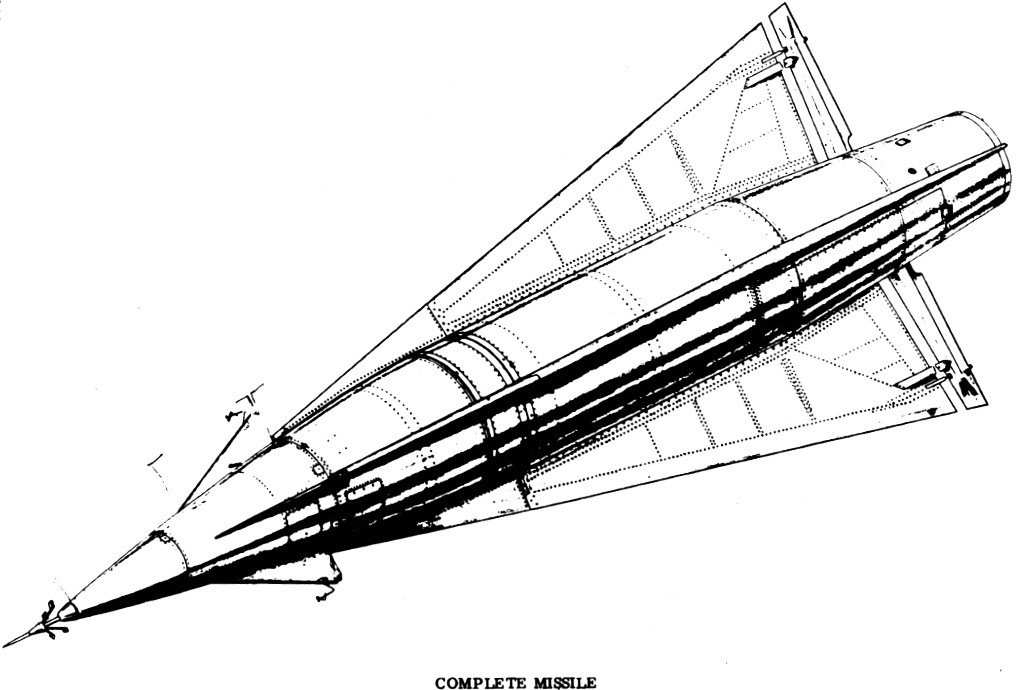
The second stage was 26 feet, 10.500 inches (8.192 meters) long with a maximum diameter of 2 feet, 7.50 inches (0.800 meters). It had four triangular wings and four small “linealizer” fins, which were also spaced 90°. The maximum wing span was 7 feet, 4.00 inches (2.235 meters). The missile was powered by a Thiokol Chemical Corporation M30 solid-fuel rocket engine which produced 13,750 pounds of thrust (61.163 kilonewtons) and had a burn time of 29 seconds.
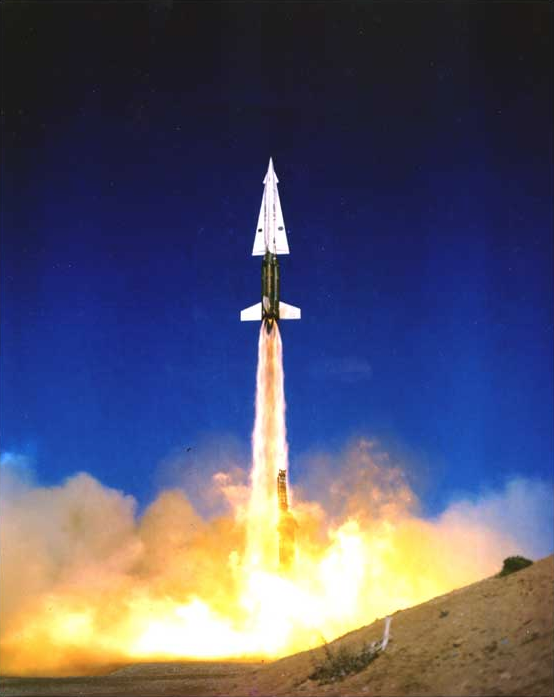
The Nike air defense missile system used multiple radars to track incoming target aircraft and the outgoing missile. Computer systems analyzed the data and signals were sent to guide the missile toward the target. This was a complex system and multiple missiles were based together at missile sites around the defended area.
The Hercules could be armed with either a M17 high explosive fragmentation warhead or a 20–40 kiloton W-31 nuclear warhead. Although designed to attack jet aircraft, the Nike Hercules also successfully intercepted guided and ballistic missiles, and had a surface-to-surface capability.
The Western Electric SAM-A-25 Nike B was renamed Nike Hercules in 1956 while still in development. It was redesignated Guided Missile, Air Defense M6 in 1958, and MIM-14 in 1963. (“MIM” is Department of Defense terminology for a mobile, ground-launched interceptor missile.) About 25,000 Nike Hercules missiles were built. Initially deployed in 1958, it remained in service with the U.S. Army until 1984.
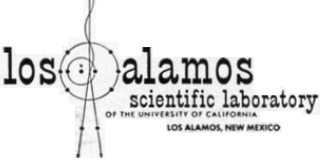
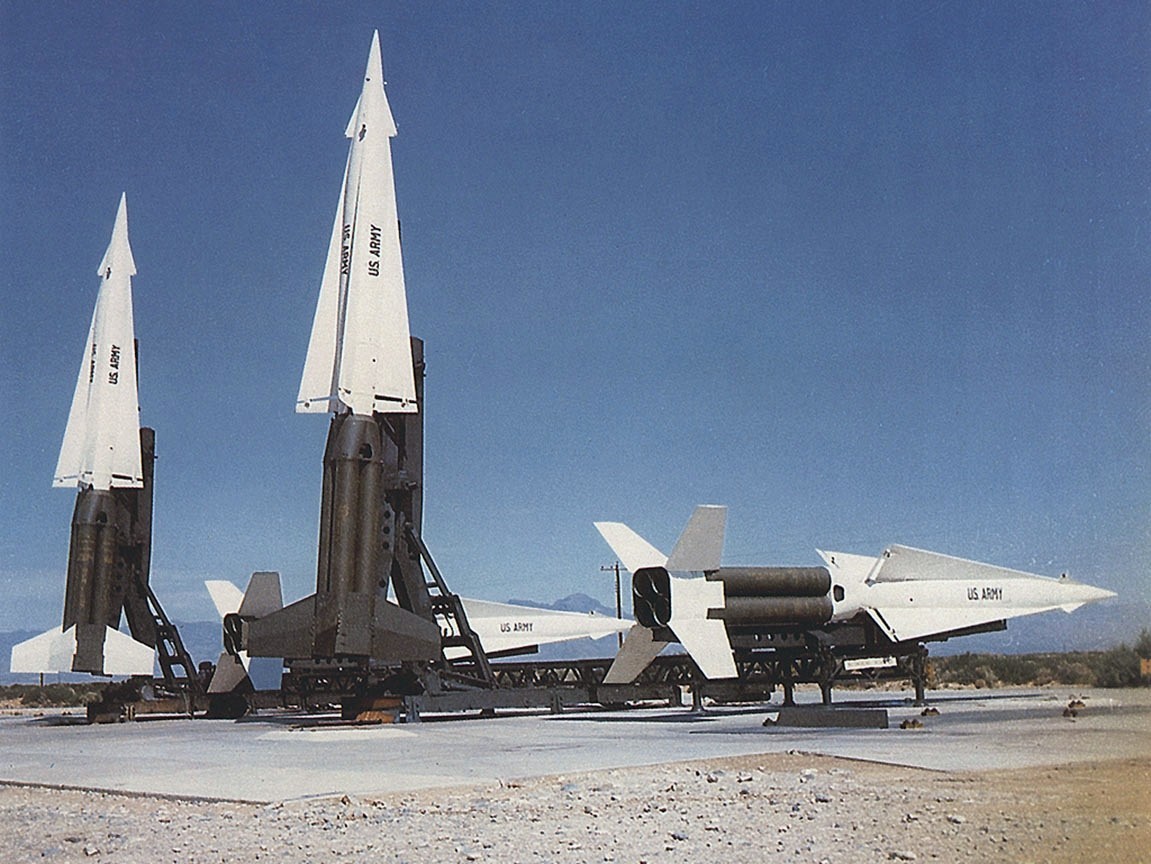
© 2018, Bryan R. Swopes